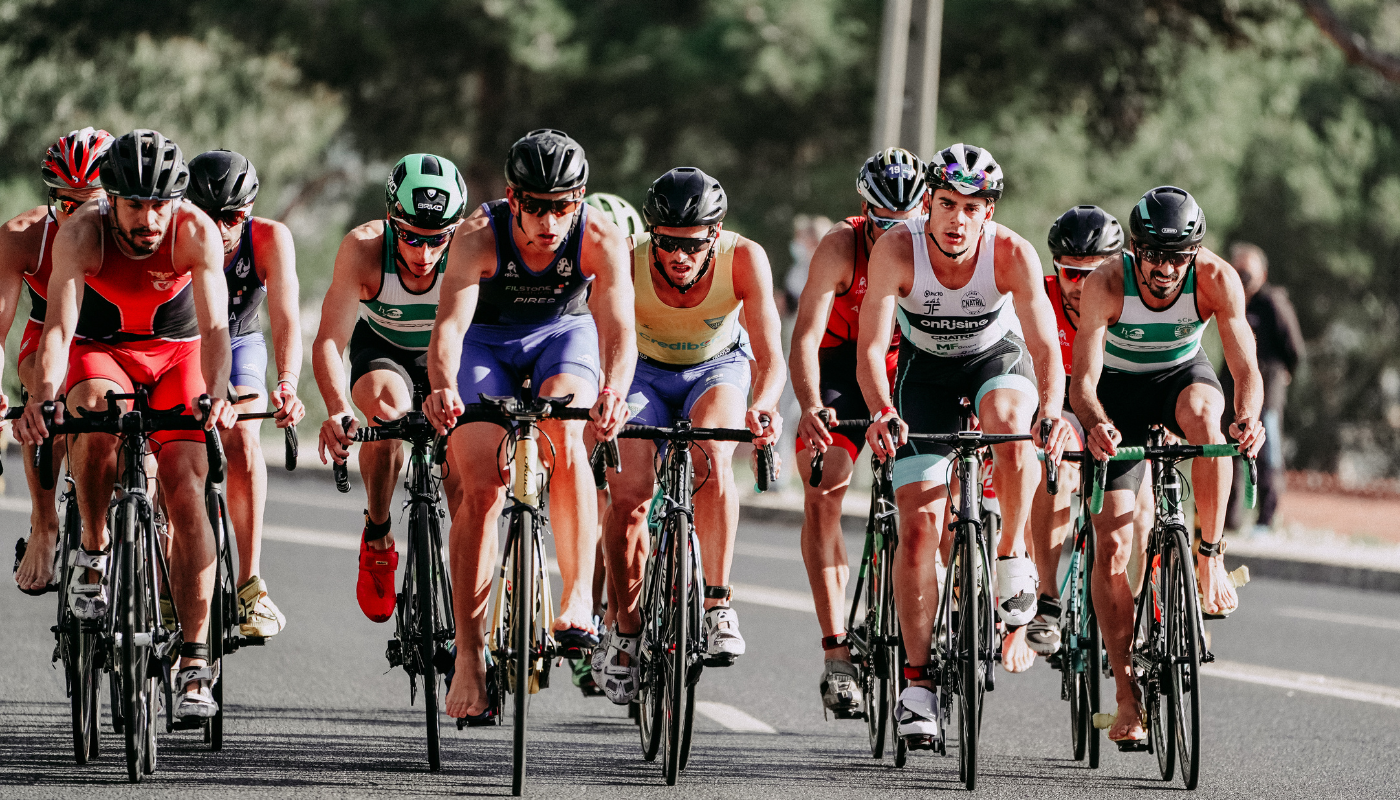Betting on cycling offers a thrilling way to engage with one of the most grueling and unpredictable sports. Whether you’re a seasoned punter or new to the world of sports betting, this guide will navigate you through the essentials of placing bets on cycling events. From understanding the odds to identifying the races with the best betting potential, we’ll provide you with the insider tips and strategies to enhance your betting experience. Ready to pedal your way to success? Let’s dive in.
Understanding Cycling Betting Odds
Betting on cycling involves understanding the intricacies of the sport, as well as how the betting odds work. Odds are the backbone of sports betting, representing the likelihood of an event happening. In cycling, odds can vary widely due to the sport’s unpredictable nature, where factors such as weather, team strategies, and individual performances can significantly influence the outcome. Getting to grips with how these odds are calculated and what they mean is essential for any bettor looking to make informed decisions.
There are several types of odds formats used in cycling betting, including decimal, fractional, and American odds. Decimal odds are the most common and are straightforward to understand. They represent the total return (stake plus winnings) for every unit staked. For instance, if a cyclist has odds of 4.00 to win a race, a bet of $1 would return $4 if successful. Understanding these formats is crucial in assessing the value of a bet and potential returns.
It’s also important to consider the context of the race when evaluating odds. Factors such as the type of race (e.g., time trial, mountain stage, or classic one-day race), the cyclist’s form, and previous performances in similar events can all influence odds. Bettors should use this contextual information alongside odds to guide their betting strategies.
Deciphering Cycling Betting Odds
Additional insights into cycling betting odds reveal the importance of staying informed about the sport. Following cycling news, understanding team dynamics, and knowing the history of events can provide bettors with an edge. Moreover, live betting offers dynamic odds that change as the race progresses, presenting opportunities for those who can accurately read the race as it unfolds.
| Odds Format | Example | Explanation |
|---|---|---|
| Decimal | 4.00 | Total return for every $1 bet |
| Fractional | 3/1 | Wins $3 for every $1 bet |
| American | +300 | Wins $300 for every $100 bet |
| Live Betting | Varies | Odds change as the race progresses |
| Prop Bets | Varies | Bets on specific events within the race |
Types of Cycling Bets Available
The world of cycling betting offers a plethora of options for enthusiasts and bettors alike. Among the most popular types of bets, the outright winner bet stands out, allowing individuals to wager on who they believe will win a race outright. This type of bet is particularly prevalent during major events like the Tour de France or the Giro d’Italia. Another common bet is the matchup bet, where the focus is on two cyclists competing against each other, rather than the overall outcome of the race. This can offer a more nuanced betting experience, especially for those familiar with the strengths and weaknesses of individual riders.
For those interested in the dynamics of the race beyond just the winners, stage bets offer a unique opportunity. Bettors can predict the winner of individual stages, which requires a deep understanding of each cyclist’s performance across different terrains. Proposition bets, or prop bets, allow for wagers on specific occurrences within a race, such as a cyclist wearing the yellow jersey on a particular day, or the time gap between the winner and the second-place finisher. Lastly, live betting introduces an exciting, real-time element to cycling betting, where odds fluctuate as the race progresses, offering dynamic opportunities for keen observers.
Further Insights into Cycling Betting Options
In delving deeper into the types of cycling bets available, it becomes clear that a strategic approach can greatly enhance one’s betting experience. Understanding the nuances of each race, the condition of cyclists, and historical performance against specific competitors can provide bettors with a significant edge. The diversity of betting options ensures that both newcomers and experienced bettors can find engaging ways to participate in the sport, making each race not only a test of the cyclists’ skill and endurance but also a playground for strategic betting.
- Outright Winner Bets
- Matchup Bets
- Stage Bets
- Proposition Bets
- Live Betting
Analyzing Riders and Track Records
When it comes to mastering the art of betting on cycling, a deep dive into riders and their track records is indispensable. The performance of cyclists on various tracks can significantly influence their chances in upcoming races. Analyzing past performances, including wins, podium finishes, and times, provides a solid foundation for making informed bets. It’s crucial to consider factors such as the rider’s experience, recent form, and their adaptability to different track conditions.
Moreover, understanding the specifics of each track plays a pivotal role. Some riders excel on flat terrains, while others have an edge in mountainous stages. The weather conditions during the race can also impact the outcome. By combining this knowledge with the historical data of how riders perform under similar conditions, bettors can gain a competitive advantage. Paying attention to team dynamics and strategy can further enhance the accuracy of your predictions, as cycling is not only an individual but also a team sport.
Lastly, injuries and recoveries are critical factors that should not be overlooked. A cyclist returning from an injury may not be in the same form as before. Keeping abreast of such developments through reliable sports news sources is vital for making well-informed betting decisions.
Key Factors Influencing Cyclist Performance
Additional insights into analyzing riders and track records reveal that psychological factors, such as motivation and mental resilience, also significantly affect a cyclist’s performance. A rider’s history of overcoming adversities or their performance under pressure can be telling indicators of their potential success in challenging races.
| Rider | Strength | Recent Form | Best Track Type | Team |
|---|---|---|---|---|
| Chris Froome | Climbing | Good | Mountainous | Ineos Grenadiers |
| Peter Sagan | Sprint | Excellent | Flat | Bora–Hansgrohe |
| Annemiek van Vleuten | All-rounder | Excellent | Varied | Movistar Team |
| Wout van Aert | Time Trial | Good | Flat to rolling | Jumbo-Visma |
| Tadej Pogačar | Climbing | Excellent | Mountainous | UAE Team Emirates |
Importance of Weather Conditions
Understanding the impact of weather conditions on cycling events is paramount for anyone looking to excel in betting on this sport. Weather not only affects the performance of the cyclists but also the outcome of the race itself. For instance, rain can significantly increase the risk of accidents, making more experienced and technically skilled cyclists preferable choices. Likewise, wind plays a crucial role; a strong headwind can slow down the peloton, favoring strong breakaway riders or sprinters who excel in such conditions. Conversely, tailwinds can lead to faster races and benefit those who perform well in high-speed finishes.
Temperature is another critical factor; extreme heat or cold can affect a cyclist’s endurance and overall performance. Athletes accustomed to certain weather conditions may have a distinct advantage over their competitors. Therefore, bettors should always consider the forecasted weather conditions before placing their bets, as they can drastically alter race dynamics. This knowledge, combined with understanding each cyclist’s strengths and weaknesses, can significantly increase the chances of making successful bets.
Weather’s Strategic Influence on Cycling Races
Strategically, teams might adapt their race tactics based on the forecasted weather conditions. For example, teams might protect their leader from crosswinds or push for an early breakaway in rainy conditions to exploit the peloton’s cautious pace. Such insights are invaluable for bettors who can anticipate shifts in race strategies and identify potential winners under specific weather scenarios.
| Weather Condition | Impact on Race | Suggested Betting Strategy |
|---|---|---|
| Rain | Increased accidents, slower pace | Focus on experienced riders |
| Wind | Can cause splits in the peloton | Consider strong individual riders |
| Heat | Can affect endurance | Look at past performance in similar conditions |
| Cold | May impact performance negatively | Prefer riders who train in similar climates |
| Snow/Ice | Rare but increases risk of falls | Extreme caution; possibly avoid betting |
Managing Your Betting Bankroll
Effective bankroll management is the cornerstone of any successful betting strategy, especially in the world of cycling where races are unpredictable and outcomes can often surprise even the most seasoned analysts. The key to longevity in betting is not just about picking winners but also about how you manage your money. A disciplined approach to bankroll management can safeguard you against the inherent volatility and ensure that you stay in the game for the long haul.
Firstly, it’s crucial to set aside a specific amount of money as your betting bankroll, one that is separate from your personal finances. This should be an amount you are comfortable losing, as even the best strategies cannot guarantee success in every race. Secondly, employing a unit betting system can help maintain consistency in your wagers. For instance, betting a fixed percentage (typically between 1% to 5%) of your bankroll on each bet can moderate the risk of rapid losses.
Lastly, always be prepared to reassess and adjust your strategy. If your bankroll decreases, it might be wise to reduce your bet size accordingly to prevent a swift depletion of funds. Conversely, if you’re on a winning streak, increasing your bets slightly can capitalize on your good fortune, but this should be done with caution. Remember, the goal is to minimize losses and maximize gains over the long term, not to chase immediate wins. Patience and discipline are key.
Understanding the importance of bankroll management is paramount for anyone looking to bet on cycling. Keeping a keen eye on your finances and adhering to a structured betting plan can make the difference between a fleeting hobby and a sustained source of enjoyment and potential profit. Here’s a simple table to help visualize a suggested approach to managing your betting bankroll:
| Betting Bankroll | Unit Size (1-5%) | Expected Bet Range |
|---|---|---|
| $1000 | 2% | $20 |
| $500 | 3% | $15 |
| $2000 | 1% | $20 |
| $1500 | 5% | $75 |
In conclusion, mastering the art of bankroll management is an essential skill for anyone looking to engage in betting on cycling. By allocating funds wisely, adhering to a disciplined betting strategy, and adjusting your approach based on performance, you can enjoy the dynamics of cycling betting while safeguarding your financial well-being. Remember, successful betting is a marathon, not a sprint. Patience, discipline, and strategic financial planning are your best allies in this thrilling endeavor.



